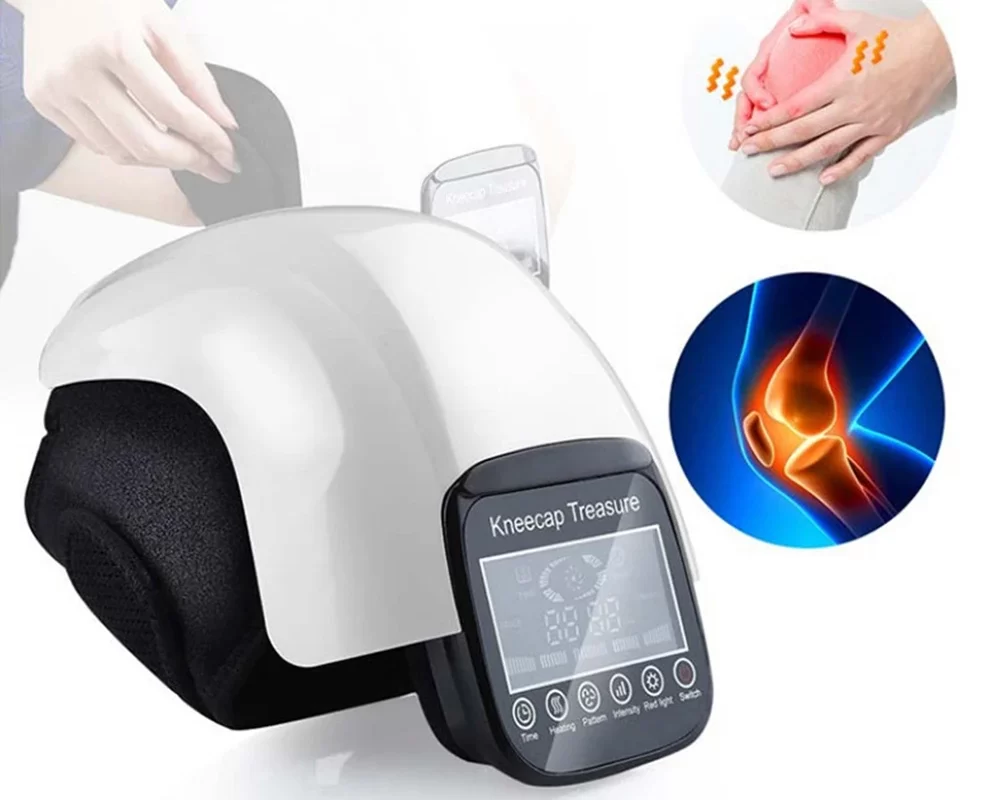Introduction
Knee massagers are popular devices used to alleviate knee pain, improve circulation, and promote relaxation. While they can provide relief to individuals with knee conditions or injuries, it is important to consider potential side effects and precautions associated with their use. In this guide, we will explore the potential side effects of knee massagers, discuss safety considerations, and provide useful tips to ensure a safe and effective experience when using these devices.
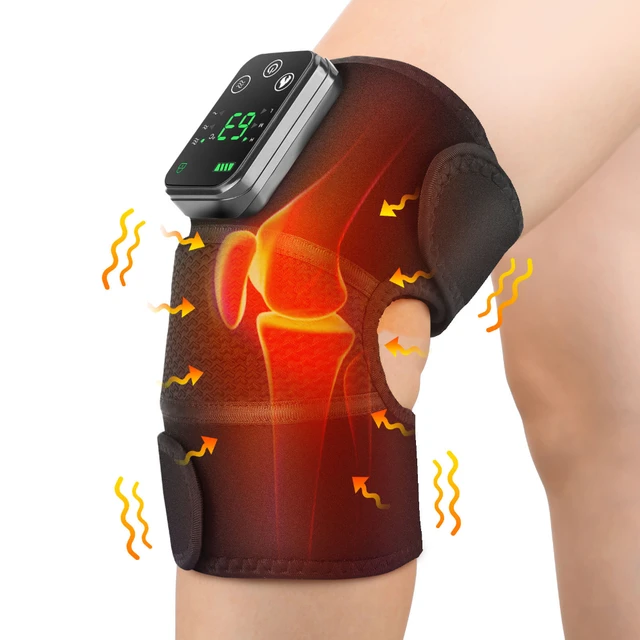
Are knee massagers side effects?
I. Understanding Knee Massagers and How They Work
-
Purpose and Function:
- Knee massagers are designed to provide localized therapy and relief to the knee joint. They apply various techniques such as massage, heat therapy, compression, and vibration to target pain, reduce inflammation, and promote relaxation in the knee area.
-
Benefits of Knee Massagers:
- Knee massagers may offer multiple benefits, including pain relief, improved circulation, reduced swelling, enhanced muscle relaxation, and increased joint flexibility. They are commonly used by individuals with knee arthritis, sports injuries, or general knee discomfort.
II. Potential Side Effects of Knee Massagers
-
Skin Irritation or Sensitivity:
- Prolonged or excessive use of knee massagers, especially if the device applies pressure or heat, may cause skin irritation or sensitivity. This can manifest as redness, itching, dryness, or discomfort in the treated area. Individuals with sensitive skin or pre-existing skin conditions may be more susceptible to these effects.
-
Bruising or Tissue Damage:
- Aggressive or improper use of knee massagers that apply excessive pressure or vibration can potentially lead to bruising, tissue damage, or muscle strains. It is essential to use the device as directed and avoid applying excessive force to prevent these adverse effects.
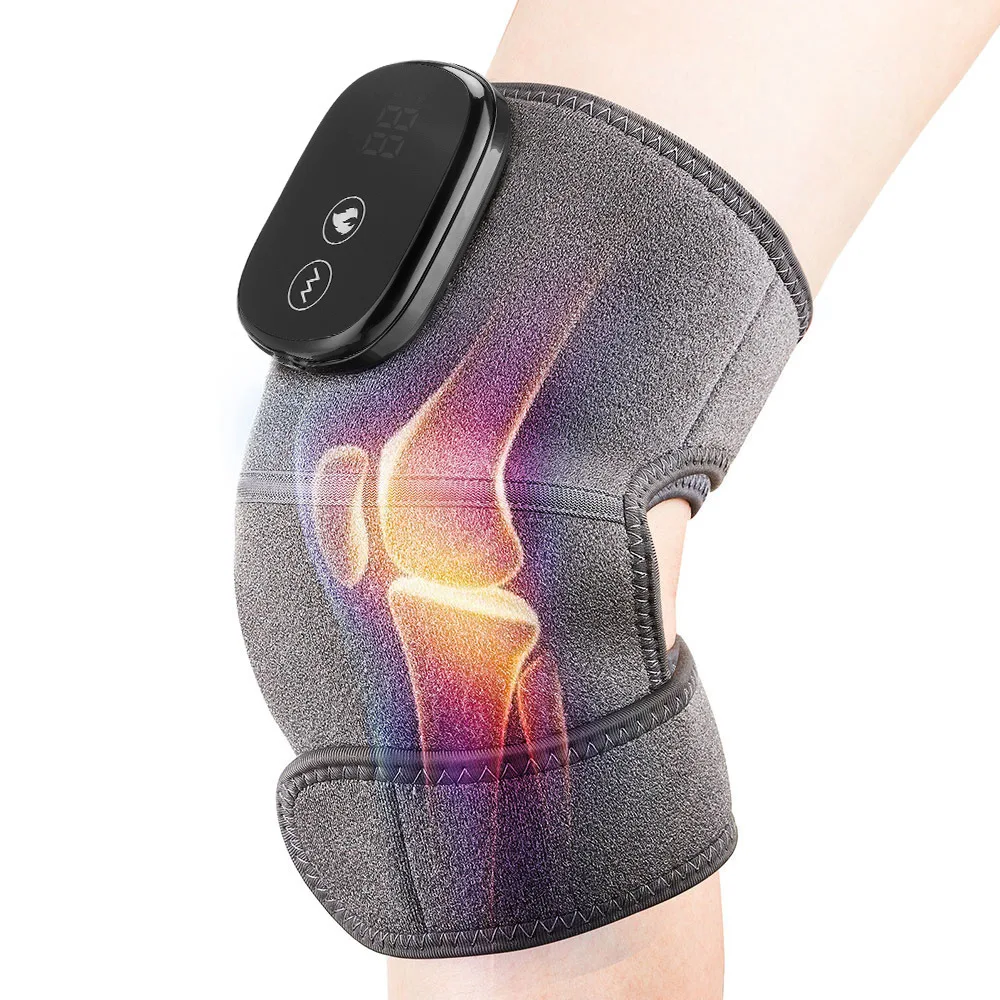
-
Numbness or Tingling Sensations:
- Some knee massagers may exert pressure or compress the nerves around the knee joint. This can result in temporary numbness, tingling sensations, or a feeling of pins and needles in the treated area. Such effects should subside shortly after discontinuing use but may indicate excessive pressure or incorrect positioning of the device.
-
Circulatory Issues:
- In rare cases, individuals may experience circulatory issues such as reduced blood flow or compromised circulation after using knee massagers. This can cause further discomfort, swelling, or impaired healing in the affected area. Individuals with circulatory disorders or vascular conditions should exercise caution when using these devices and consult a healthcare professional if concerns arise.
III. Safety Considerations and Precautions
-
Consultation with a Healthcare Professional:
- Individuals with knee arthritis, musculoskeletal conditions, circulatory disorders, or any underlying health issues should consult a healthcare professional before using a knee massager. They can assess individual risks, provide personalized advice, and determine the appropriateness of using such devices.
-
Follow Manufacturer’s Instructions:
- Always read and follow the manufacturer’s instructions for the specific knee massager you are using. Pay close attention to factors such as recommended usage time, intensity levels, positioning, and any warnings or precautions mentioned. Adhering to these guidelines can minimize the risk of adverse effects.
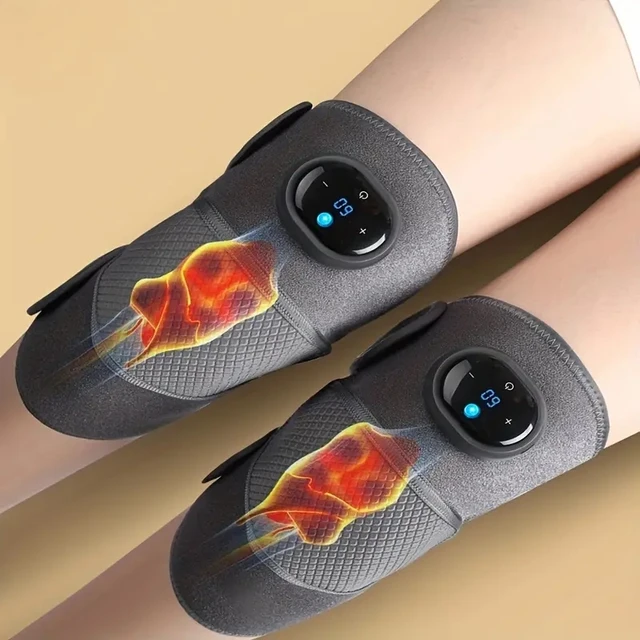
-
Gradual and Controlled Usage:
- It is advisable to start with shorter sessions and lower intensity settings when using a knee massager for the first time. Gradually increase the duration and intensity as tolerated, allowing the body to adjust and reducing the risk of discomfort or potential side effects.
-
Appropriate Pressure Application:
- Apply gentle and consistent pressure when using the knee massager. Avoid excessive force or prolonged, concentrated pressure on specific areas. Using it for extended periods or with excessive force may increase the risk of tissue damage, bruising, or other adverse effects.
-
Skin Protection Measures:
- To minimize the risk of skin irritation, consider wearing a thin layer of clothing or placing a cloth barrier between the knee massager and the skin. This can help reduce friction, absorb excess moisture, and provide a protective barrier.
-
Monitoring Personal Sensations:
- Pay attention to any unusual sensations, discomfort, or adverse reactions during or after using the knee massager. If you experience persistent or worsening symptoms, such as severe pain, swelling, or skin changes, discontinue use and consult a healthcare professional for further evaluation.
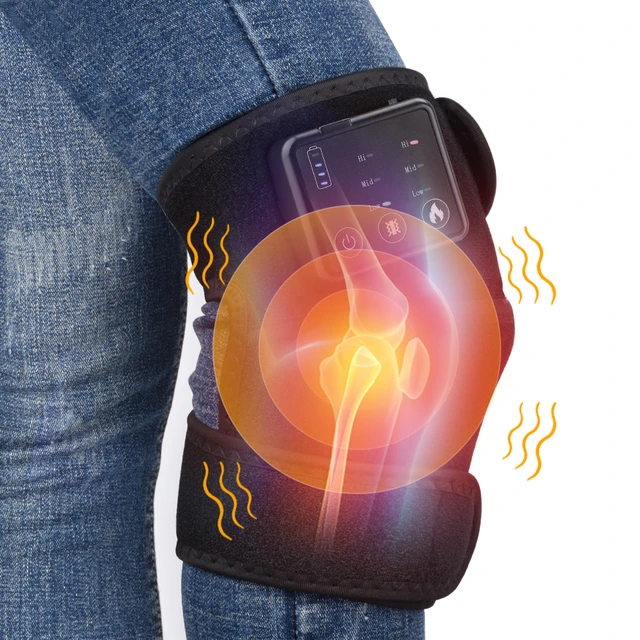
V. Tips for Safe and Effective Use
-
Regular Breaks:
- To prevent overuse and minimize the risk of potential side effects, take regular breaks during your knee massager sessions. This allows your knee and surrounding tissues to rest and recover.
-
Adjust Settings Mindfully:
- When using a knee massager with adjustable settings, be mindful of the intensity levels. Start with lower settings and gradually increase them as you become more comfortable. Avoid setting the device to excessively high levels, as this can cause discomfort or adverse effects.
-
Proper Positioning:
- Position your knee correctly within the knee massager device according to the manufacturer’s instructions. Ensure that the device is properly aligned and applying pressure evenly for optimal results and to minimize the risk of localized discomfort.
-
Individual Sensitivities:
- Pay attention to your body’s responses and individual sensitivities. If you notice any increased discomfort, skin irritation, or other adverse reactions during or after using the knee massager, discontinue use and consult a healthcare professional.
-
Hygiene and Maintenance:
- Keep the knee massager clean and free from dirt, debris, or residue by following the manufacturer’s cleaning instructions. Maintaining proper hygiene helps reduce the risk of skin irritation and promotes a safe and pleasant experience with the device.
VI. Additional Considerations
-
Individual Variances:
- It’s important to recognize that individual responses to knee massagers may vary. What works well for one person may not be suitable for another. Factors such as pain tolerance, underlying health conditions, and personal preferences play a role in determining the effectiveness of the device and the potential for side effects.
-
Combination of Therapies:
- Knee massagers can be more effective when used in conjunction with other therapies and treatments for knee conditions. Consider integrating the use of knee massagers with exercise, physical therapy, medication, or other modalities recommended by your healthcare professional to maximize the benefits and minimize risks.
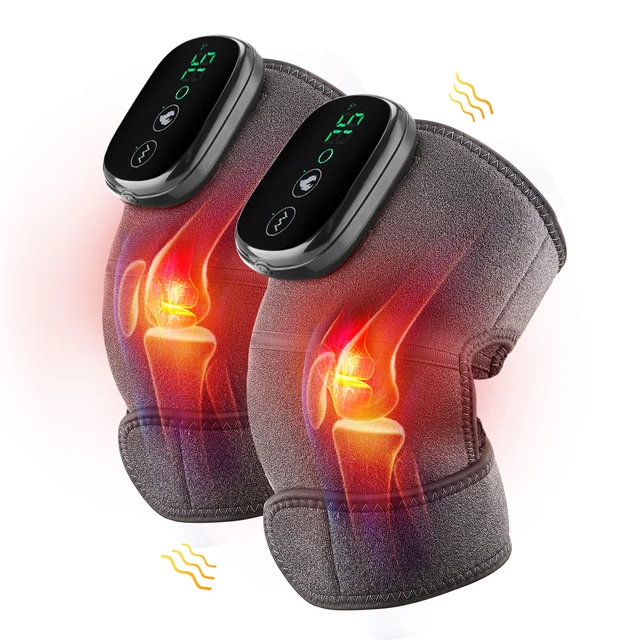
IV. Conclusion: Safe and Effective Use of Knee Massagers
Knee massagers can offer pain relief, improve circulation, and enhance knee joint flexibility for individuals with knee conditions or discomfort. However, it is essential to understand and consider potential side effects and safety precautions associated with their use.
While side effects from knee massagers are generally rare, individuals should be aware of the possibility of skin irritation, tissue damage, numbness, tingling sensations, or circulatory issues. Consulting with a healthcare professional, following manufacturer’s instructions, using gradual and controlled pressure, and monitoring personal sensations can help ensure a safe and effective experience when using knee massagers.
Remember that knee massagers should be viewed as part of a comprehensive approach to knee care, which may include professional medical advice, physical therapy, exercises, and other forms of treatment. If concerns or adverse effects arise, do not hesitate to seek guidance from a healthcare professional.

